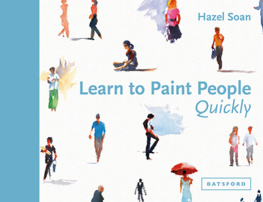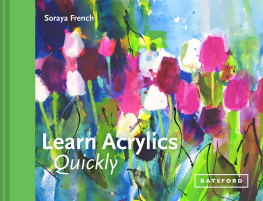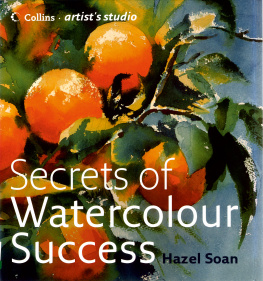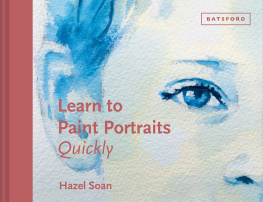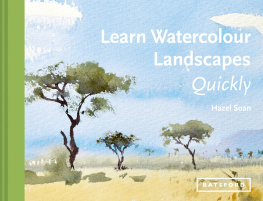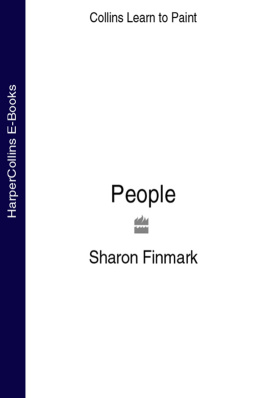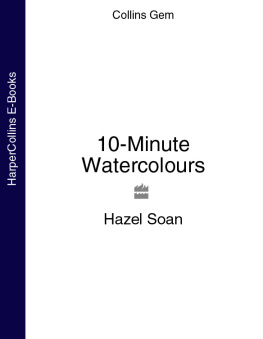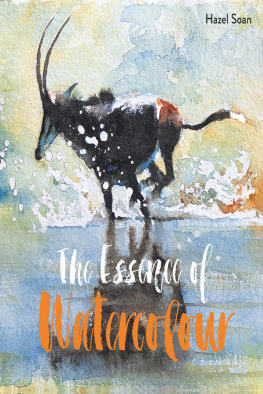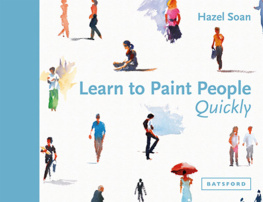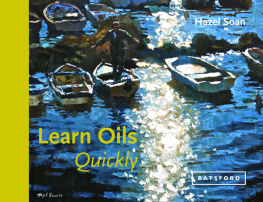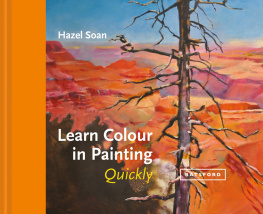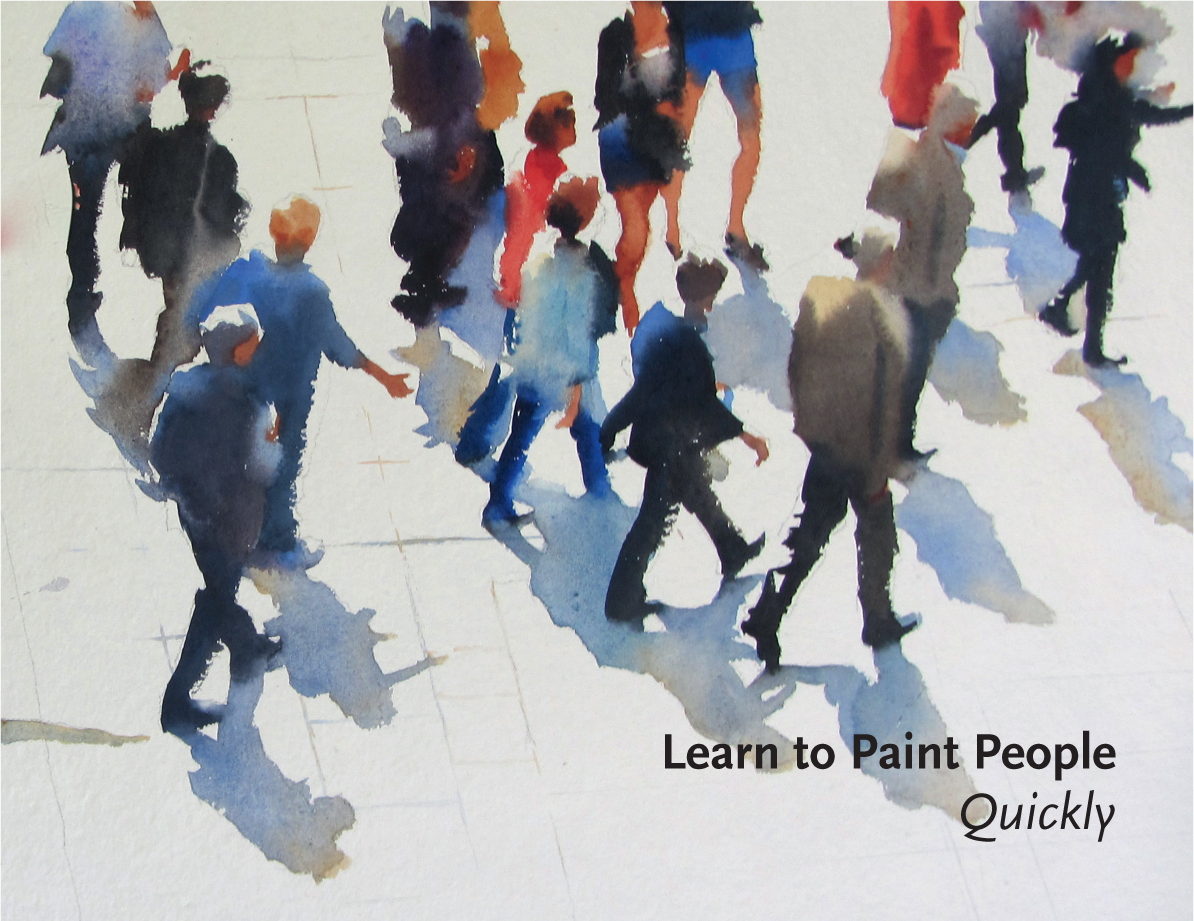
Following Watercolour (51 x 51cm/20 x 20in)

Feeling Free 1 Watercolour (25.5 x 30.5cm/10 x 12in)

Acknowledgements
It was a privilege to write this book on one of my favourite subjects. Thank you to my publishers, Pavilion, and especially to Tina Persaud and Cathy Gosling, for making the book possible. Thank you to my editor Lucy Smith for making the ride so enjoyable and to the designers, Hannah Naughton and Gail Jones for doing such a good job and bearing with my whims. Thank you to Rosie, my sister, for her comments on the draft and to my husband for keeping quiet while I was reading the layouts. Thank you to all the people who allowed me to paint them, without whom this book could not exist. And thank you to my readers for letting me know that these books encourage them, it makes it all worthwhile.

Contents
Introduction
This book is all about the exciting and inspiring challenge of painting people, which is less complicated than you may expect. Within these pages you will discover how readily figures can be suggested on the paper or canvas so that you can include them in paintings in a convincing and lively manner. You will learn the value of proportion, pose and lighting; how clothing describes form and provides colour and pattern; and how a likeness is created. You may be surprised to find that spaces are as important as the figures themselves and relieved to find that less is often more!
Packed into this book is all the practical stuff you need to know in order to paint people in a convincing way. It can be read in less than an hour, so hop on board and learn to paint people quickly!


Rock Pools Oil on board (25.5 x 30.5cm/10 x 12in)
CHAPTER 1
Understanding the essentials

The importance of people in a painting
Have you noticed that when you place a figure or a face in a painting the viewers attention is invariably drawn to it? And that if the figure is credible it brings life to the painting but if not, it is an irritant that cannot be ignored?
This attraction is natural with such subjective association. People bring meaning and narrative into paintings and as a result we are oddly annoyed by any misrepresentation of our own species. Consequently, the painting of people comes with rather more accountability than other subjects such as trees or buildings, and is either avoided altogether or accompanied by much anxiety. No wonder many aspiring artists find the idea of painting people scary!

Fallen Cowboy Watercolour (38 x 56cm/ 15 x 22in)
Painting is full of trial and error. Be like this cowboy if it goes wrong, pick yourself up and start again! It may feel uncomfortable, but it isnt failure; its learning.

Lincoln in Sunshine Watercolour (28 x 38cm/ 11 x 15in)
The inclusion of people adds significantly more context to a composition. The figures in this street bring life to the painting.
From the paintings point of view
Children have no trouble depicting people the angst only arrives when we try to imitate reality and portray likeness. The remedy is to approach representation from the paintings point of view and think like a painting. Painting is two-dimensional and therefore concerned with the elements that pertain to the flat world. These elements are line, shape, pattern, colour, light and shade. The painter looks for descriptive lines, lively shapes, exciting patterns, captivating colours and agreeable tones. With these components the three-dimensional world is brought to life by implication on the flat surface.

Children paint people and faces without fear. Their figures are symbolic, using descriptive features. They do not worry about literal likeness because they are not yet concerned with suggesting the third dimension in their picture.
Dabs, blobs and brushstrokes
On the flat surface of the painting the image is made up from a series of dabs, blobs and brushstrokes in a variety of shapes and colours, orchestrated to represent an image from the three-dimensional world. To the paper or canvas, therefore, people are no different in principle from trees, flowers or rocks: all are represented by arrangements of various marks.

Santa Monica Beach Basketball Watercolour (23 x 30.5cm/9 x 12in)
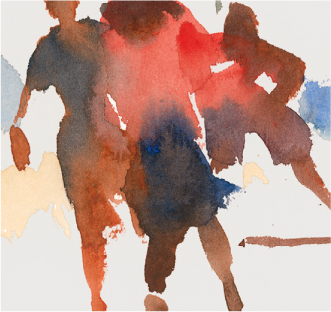
From this detail you can see that the watercolour is made up of dabs, blobs and brushstrokes, yet they are laid in a fashion that presents the viewer with no problem in believing they represent a group of people playing basketball.
Entertaining the eye
Like other forms of art, painting is initially entertainment as far as the audience is concerned. If it entertains the eye we delve in deeper and find the messages for our soul. The paper or canvas represents the stage, the painted brushstrokes words and music. Once you grasp that a figure or a face in a painting is in reality a bunch of colourful marks put together in an artful and visually entertaining way, the fear of painting people will simply fall away. Painting people need not be scary at all in fact it is really fun.

Each to His Own Trajectory (detail)
In this detail it is clear to see that paintings are made with a variety of colourful shapes and marks. Only when you see the whole painting, shown opposite, do they transform into figures crisscrossing Liverpool Street Station.

Next page
